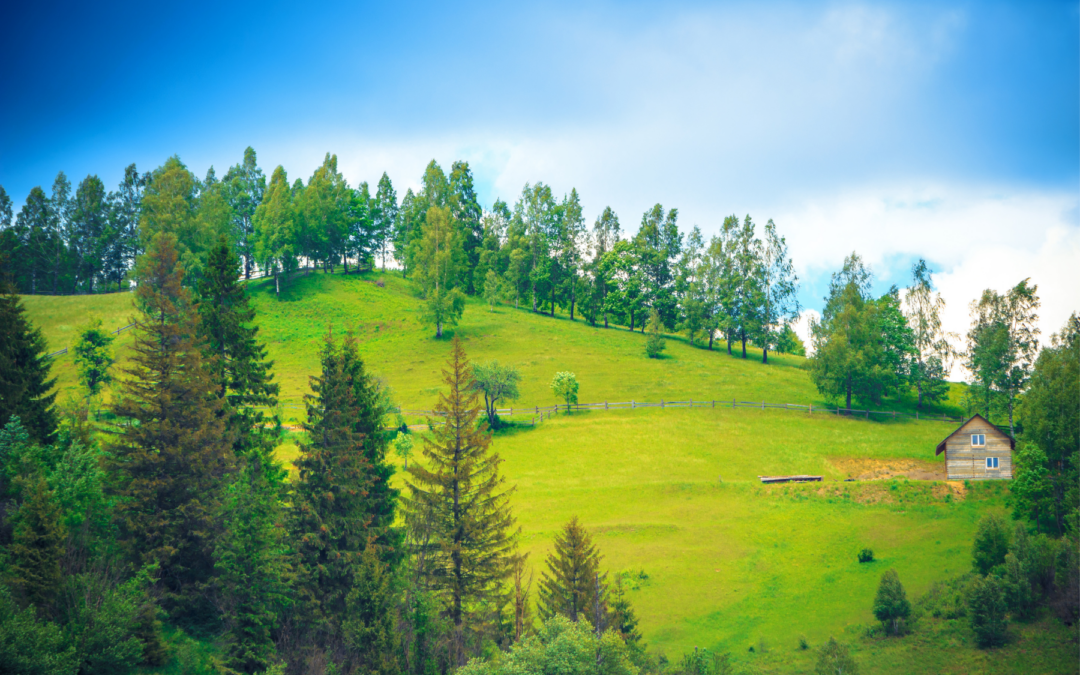


by Tristan Simmons | May 1, 2024 | Fence Installation - Category
It might seem that building a fence on sloped land would be a huge challenge. Lots of homeowners worry about the incline of their yard and where it will make installation more complicated or alter the aesthetic of the fence. However, with the right company and some...Building a fence on sloped land presents unique challenges that require careful planning and execution. Homeowners must consider the topography and drainage of their land to ensure a stable and aesthetically pleasing fence installation.
For instance, uneven ground can lead to difficulties in maintaining the fence's height and alignment. Engaging with an experienced fencing contractor can help navigate these challenges, ensuring that the fence not only meets local regulations but also enhances the property's overall appearance.
When it comes to selecting a fence for sloped terrain, certain types are more effective than others. Options such as stepped or contoured fences can adapt to the varying elevations of the land, providing both functionality and style.
For example, a stepped fence follows the slope of the land in a series of horizontal sections, while a contoured fence hugs the ground's natural shape. Both designs help maintain a consistent look and can prevent issues like soil erosion or water pooling around fence posts.
Proper planning is crucial for a successful fence installation on sloped land. Homeowners should begin by assessing their property and determining the best fence design that aligns with their needs and the landscape.
This may involve measuring the slope, considering local zoning laws, and selecting materials that can withstand the environmental conditions. Consulting with professionals can provide valuable insights into the most effective strategies for installation and maintenance.
Installing a fence on sloped land can lead to several challenges, such as uneven post heights and difficulties in securing the fence. Identifying these challenges early allows homeowners to implement effective solutions.
For instance, using adjustable fence brackets can help accommodate varying heights, while proper drainage solutions can prevent water accumulation that could undermine the fence's stability. By addressing these issues proactively, homeowners can ensure a long-lasting and secure fence installation.